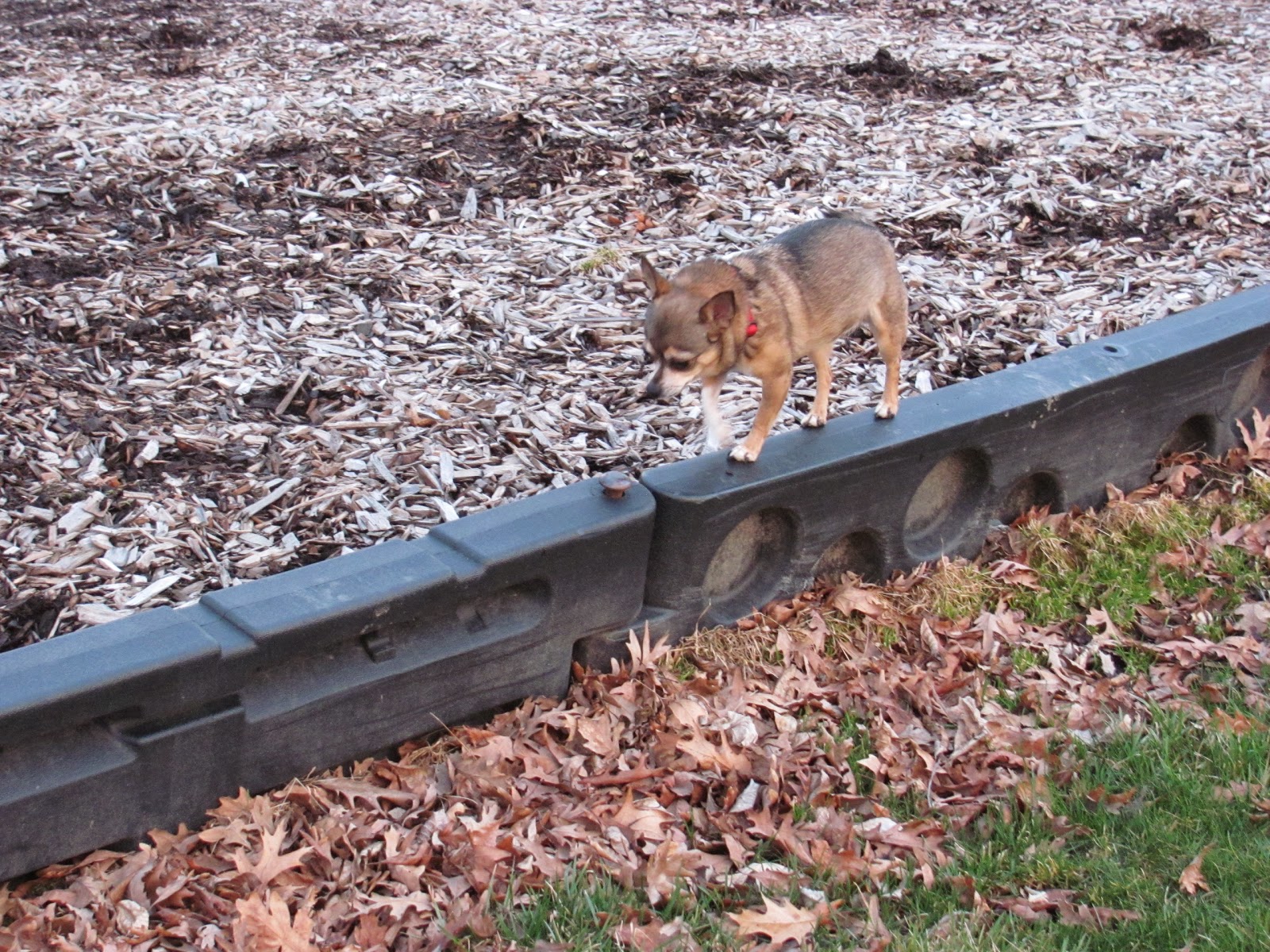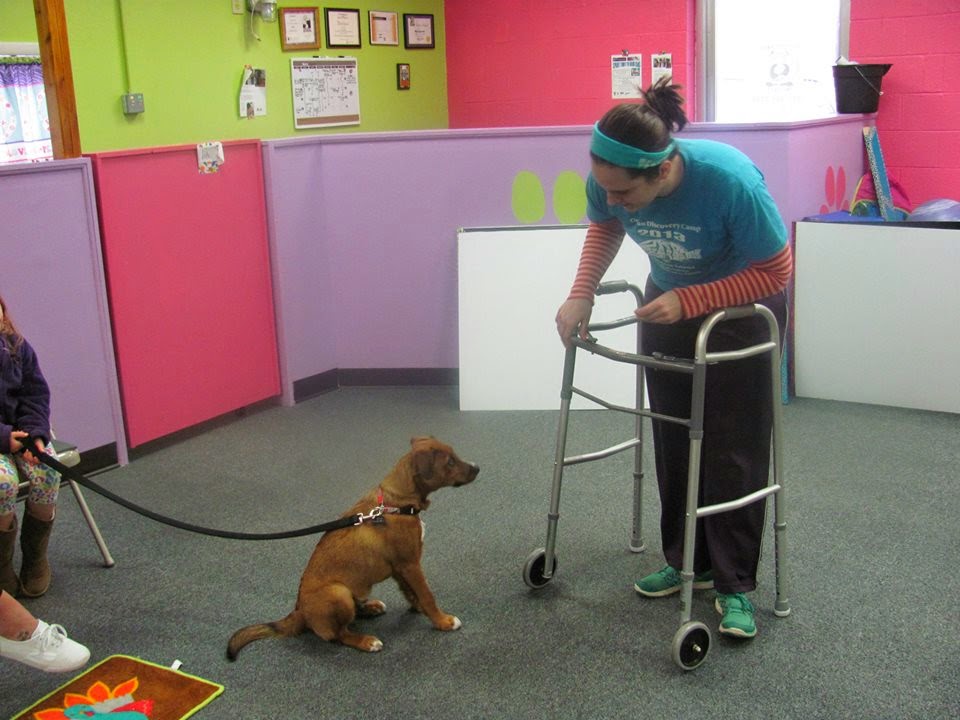Here at Adventure Unleashed we are HUGE proponents of socialization of puppies. Which is amusing when you consider that nearly all of our dogs have come to us as adults from rescue. We like to think that we have seen the impact of LACK of socialization and thus want to do everything in our power to ensure that EVERY puppy has the benefit of appropriate socialization before it is too late.

During what scientist call the “socialization window” puppies will quickly and easily learn new things about their environment (whether that be positive or negative associations) and will then hold onto these associations throughout their entire lives. The socialization window in domesticated dogs closes at 16 weeks of age. Once this window is closed, we can no longer socialize a dog, but rather have to use the SIGNIFICANTLY less powerful tools of desensitization and counterconditioning to change a dog’s response to their environment. Thus, it is critically important to your puppy’s long term development that you take socialization seriously (while still having FUN!)
Here are five things to be SURE your puppy is introduced to before reaching 16 weeks of age:
People- Introduce puppies to things they will see as adults. Make sure they meet people with hats and beards, people using walkers, on scooters, wheelchairs, crutches, kids, strollers, bikes, skateboards and anything else your dog might come across as an adult. Make sure every interaction is positive and on your puppy’s terms; i.e. let your puppy decide to approach the crazy person with a giant hat on, and give him a treat for being so brave! The puppy should learn how to work with his person, and that people make good things happen. Also, for the more enthusiastic puppy, proper greeting behaviors are helpful to learn when small. When your puppy jumps all over someone, have the person ignore him until he sits (or at least has all four paws on the ground) before giving him attention. This is also a great introduction to self control for puppies.
Handling- Teach your puppy to be comfortable with his paws, teeth, ears, and tail being handled, both by his owner and friendly strangers such as your veterinarian. Do this by feeding your puppy delicious treats while handling these areas and moving ONLY as quickly as your puppy is comfortable. If at any time your puppy pulls away, go back to an easier touch (try touching a leg instead of a foot, etc) and gradually build back up to the harder one.
.JPG)
Environment- Teach puppies how to deal with new and unexpected objects and how to work through environmental changes- that just because something is new or different doesn’t make it scary or stressful for your puppy. Work on these skills by teaching puppies to climb on objects, go inside, through, and under them, and balancing on or around them. Interacting with objects builds confidence as well as a foundation for the puppy’s learning skills. Puppies should also safely visit a variety of different dog friendly places, walk over different surfaces, and interact with things that might scare them as adults, such as statues, busy roads, and crowded sidewalks. As always, pay attention to your puppy and make sure everything is a positive experience. If you do move too fast and make your puppy uncomfortable, start over again with fun things and lots of treats.

Dogs and other animals- Puppies should learn to both work with other dogs around, and howto play appropriately with other dogs. Start by asking for a sit (after your puppy knows sit!) when another dog is within sight, but far enough away that your puppy can focus on you. You can work on shortening that distance to build up your puppy’s ability to sit with a giant distraction (another dog) around. Play is important for proper social development, and encourages the puppy to develop proper bite inhibition. Be sure to carefully screen your puppy’s playmates to be sure they play how you want YOUR puppy to play in the future. Puppies should also be introduced to any animals they might come into contact with later in life, such as cats, horses, birds and small animals.
Noises- Puppies should have positive experiences with all sorts of sounds, such as traffic, fireworks, thunderstorms, kids screaming and vacuum cleaners. Be sure to expose them to activity appropriate noises. Field Dogs should hear gunshots at a young age, agility dogs should be exposed to noises that come with trials. Start with quiet noises, and gradually introduce louder ones. It is okay for the puppy should notice the sound, but they should immediately return to whatever they were doing. If they don’t re-engage, back away or do not recover quickly from the noise the noise was too much. Start with a quieter noise and keep it fun!
Socializing a puppy is a lot of work! With just these 5 things, you’ll be busy for quite a while. However, there are a lot of other benefits (we’ll call them side effects) of socialization. Starting with the obvious: new things are good things to a puppy! You’ve worked on introducing half the world to your puppy, and hopefully by the end of it, he not only learns that the things he interacted with are fun, but that new things he hasn’t yet seen will fall into that category as well simply because he’s seen so many things. He’s also learning to work with you; that doing things (sitting, looking at you, etc) can earn him treats.
And guess what else? YOU are also learning! You’re learning how to read your puppy - when does he get frustrated? How can you tell that you’re about to lose his focus? What can you do to mitigate that? What can you do to make your puppy feel comfortable in any situation? You’re learning your dog’s thresholds - for frustration, stress, etc. As you work with him and he matures, they will change, but it’s good to know your starting point. Keep this stuff in mind, too, as you socialize your puppy and learn what he’s like!






















.JPG)
